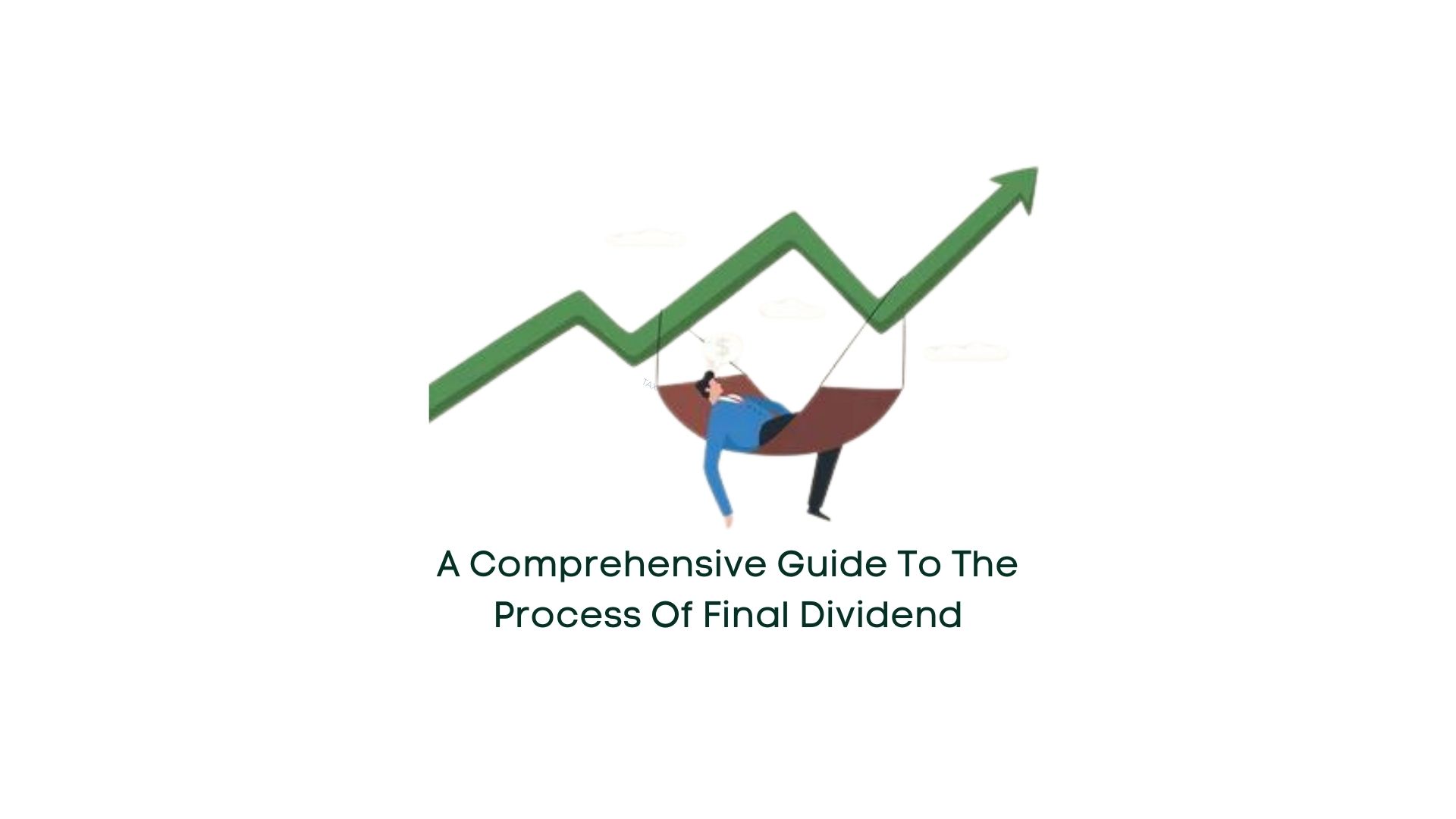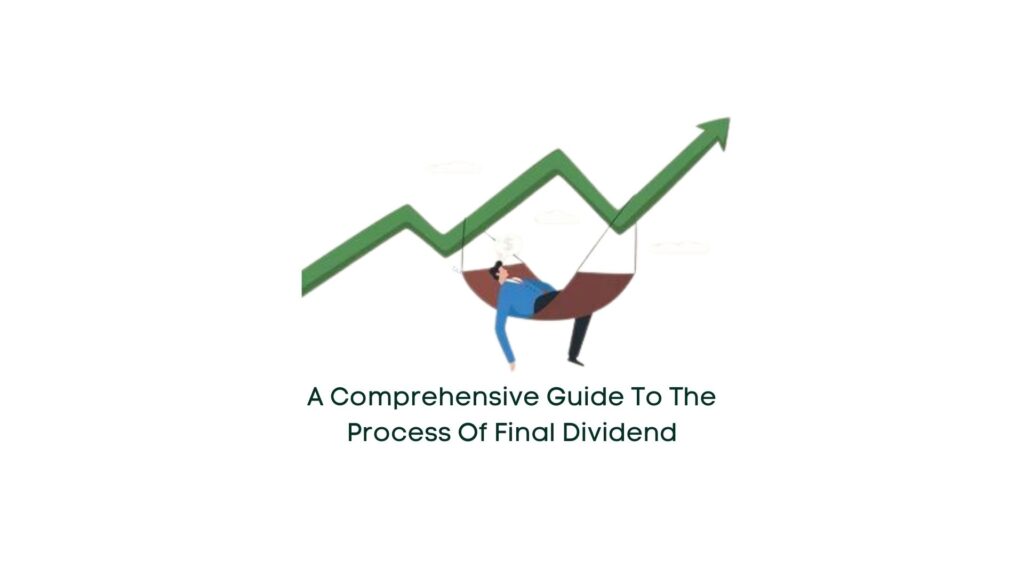
28 Feb A Comprehensive Guide to the Process of Final Dividend

Introduction to Dividends:
Companies rely on various financial mechanisms to sustain their operations successfully. Shareholders, as stakeholders, play a pivotal role in providing funds for the company’s activities. In return, they expect a share of the company’s profits, known as dividends. Shareholders, being the owners of the company, are entitled to receive dividends in proportion to their shareholdings.
Understanding Dividend:
As per Section 2(35) of the Companies Act, 2013, dividends represent the portion of profits distributed among shareholders in relation to their shareholdings. This includes interim dividends but excludes the capitalization of profits through bonus shares. However, companies governed under Section 8 of the Companies Act, 2013, are restricted from paying dividends as their profits are dedicated to promoting their objectives.
Types of Dividends:
- Cash Dividend: The most common form of dividend where cash is directly distributed to shareholders.
- Stock Dividend: New shares are issued to shareholders without any monetary consideration.
- Property Dividend: Assets other than cash or shares are distributed among shareholders, although this practice is less common.
- Scrip Dividend: Dividends are paid to shareholders in the form of promissory notes due to a lack of available funds.
- Liquidating Dividend: Paid when a company decides to cease its operations, returning invested capital to shareholders.
Exploring Final Dividend:
Final Dividend is declared at the Annual General Meeting (AGM) based on the recommendation of the Board of Directors. It is announced after the preparation, finalization, and auditing of financial statements. Once declared, it becomes an obligation of the company and cannot be revoked. Unlike final dividends, interim dividends are declared between two AGMs.
Advantages of Final Dividend:
Final dividends offer several advantages, including a higher percentage compared to interim dividends, instilling confidence among shareholders, attracting investors, and providing certainty of returns.
Characteristics of Final Dividend: Final dividends are characterized by being a proportion of profits, unconditional payments, eligibility for both equity and preference shareholders, declaration only on the recommendation of the Board of Directors, and approval at the AGM through an Ordinary Resolution.
Sources of Final Dividend Distribution:
Final dividends are paid out of profits, reserves (subject to certain conditions), or funds provided by the government under specified guarantees.
Difference Between Interim and Final Dividend:
Interim dividends are declared by the Board of Directors during the financial year, while final dividends are declared by shareholders at the AGM at the end of the year, after the preparation of final accounts.
Procedure for Declaration and Payment:
The process involves convening a Board meeting to recommend the dividend, issuing notices for the AGM, passing an Ordinary Resolution at the AGM, opening a separate bank account for dividend payments, and transferring unclaimed dividends to designated accounts as per regulatory requirements.
Conclusion:
Dividend payments serve as a significant motivating factor for investors and benefit both companies and shareholders. Final dividends, being paid annually, hold greater significance than interim dividends, often reflecting the company’s financial health and profitability.


No Comments